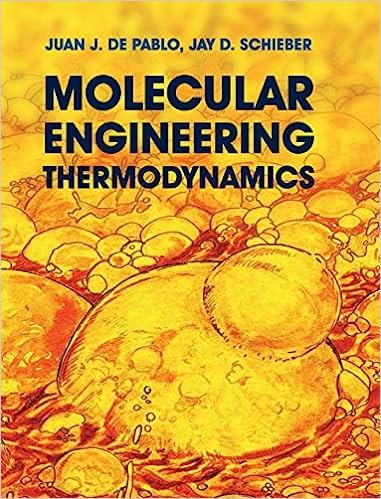Answered step by step
Verified Expert Solution
Question
1 Approved Answer
Please look at all the data and answer all questions. Look at all pictures included, some include zoomed in pictures of the graphs. 1. Use
Please look at all the data and answer all questions. 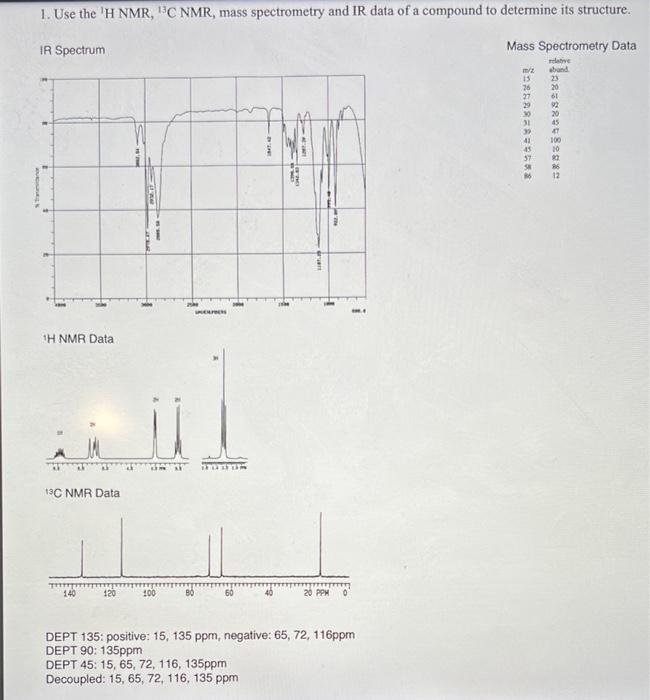

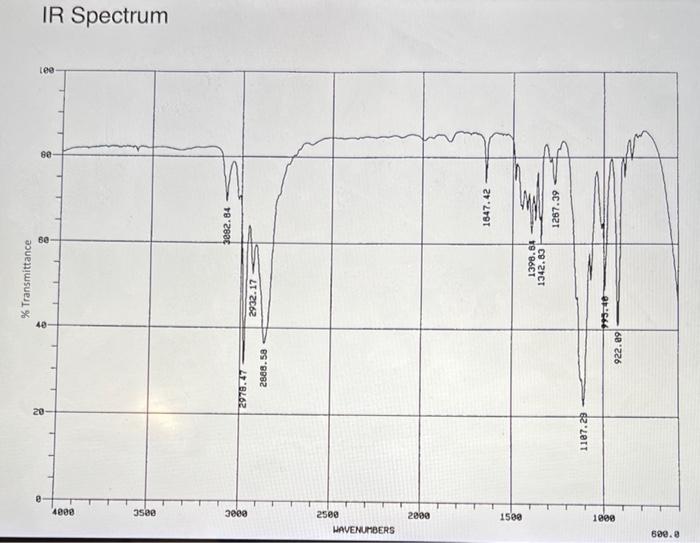
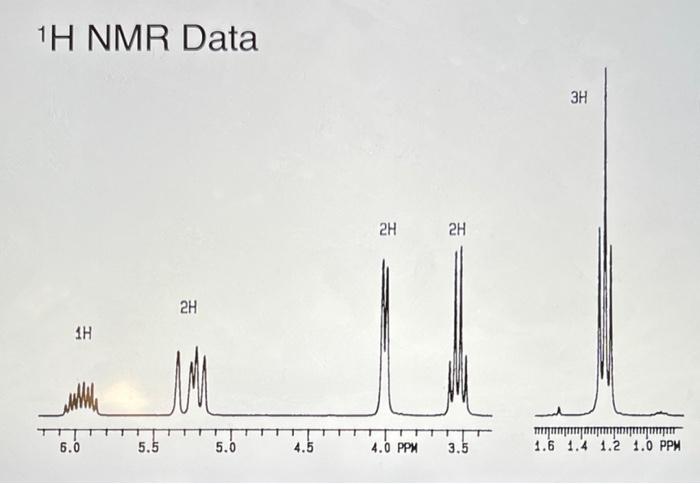
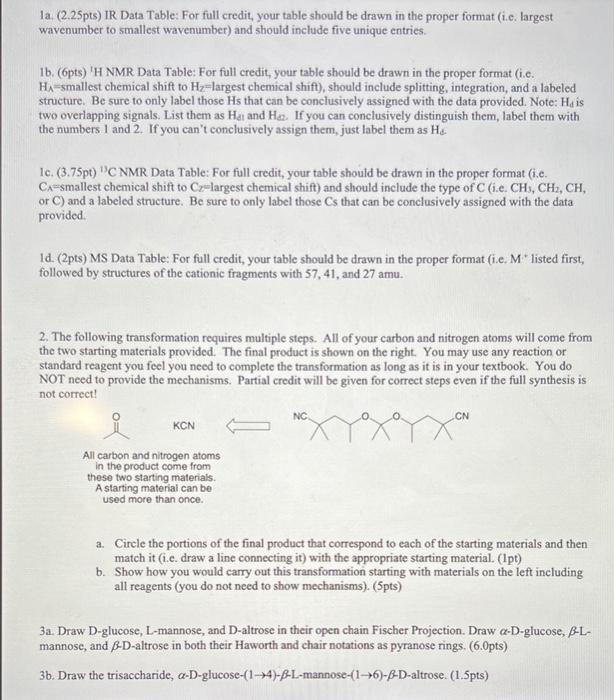
Look at all pictures included, some include zoomed in pictures of the graphs.
1. Use the 'H NMR, C NMR, mass spectrometry and IR data of a compound to determine its structure. IR Spectrum Mass Spectrometry Data 15 26 27 relative band 23 20 61 2 20 31 sngh A 41 15 57 100 10 6 12 1H NMR Data 13C NMR Data 140 120 100 20 PM DEPT 135: positive: 15, 135 ppm, negative: 65, 72, 116ppm DEPT 90: 135ppm DEPT 45: 15, 65, 72, 116, 135ppm Decoupled: 15, 65, 72, 116, 135 ppm % Transmittance IR Spectrum tee 88 20 -8 4000 3580 3082.84 2932.17 2978.47 3000 2888.58 2500 HAVENUMBERS 2000 1647.42 1267.39 1500 19:06CT C9'2YCT 62 LOTT 91566 922.89 1000 600.0 1H NMR Data 2 2 2 AH 6.0 5.5 TIT 1.6 1.4 1.2 1.0 PPH 5.0 4.5 4.0 PPM 3.5 la (2.25pts) IR Data Table: For full credit, your table should be drawn in the proper format (1.e. largest wavenumber to smallest wavenumber) and should include five unique entries. 16. (6pts) 'H NMR Data Table: For full credit, your table should be drawn in the proper format (.e. HA-smallest chemical shift to Hz-largest chemical shift), should include splitting, integration, and a labeled structure. Be sure to only label those Hs that can be conclusively assigned with the data provided. Note: He is two overlapping signals. List them as Hai and Haz. If you can conclusively distinguish them, label them with the numbers 1 and 2. If you can't conclusively assign them, just label them as H. 10. (3.75pt) C NMR Data Table: For full credit, your table should be drawn in the proper format (i.c. Cx-smallest chemical shift to Cz-largest chemical shift) and should include the type of C (1.e. CH, CH, CH, or C) and a labeled structure. Be sure to only label those Cs that can be conclusively assigned with the data provided 1d. (2pts) MS Data Table: For full credit, your table should be drawn in the proper format (i.e. M" listed first, followed by structures of the cationic fragments with 57, 41, and 27 amu. 2. The following transformation requires multiple steps. All of your carbon and nitrogen atoms will come from the two starting materials provided. The final product is shown on the right. You may use any reaction or standard reagent you feel you need to complete the transformation as long as it is in your textbook. You do NOT need to provide the mechanisms. Partial credit will be given for correct steps even if the full synthesis is not correct! NC CN KON All carbon and nitrogen atoms in the product come from these two starting materials A starting material can be used more than once. a. Circle the portions of the final product that correspond to each of the starting materials and then match it (i.c. draw a line connecting it) with the appropriate starting material. (Ipt) b. Show how you would carry out this transformation starting with materials on the left including all reagents (you do not need to show mechanisms). (5pts) 3a. Draw D-glucose, L-mannose, and D-altrose in their open chain Fischer Projection. Draw a-D-glucose, BL- mannose, and 3-D-altrose in both their Haworth and chair notations as pyranose rings. (6.0pts) 3b. Draw the trisaccharide, a-D-glucose-(1-4)-B-L-mannose-(1-16)-B-D-altrose. (1.5pts) Step by Step Solution
There are 3 Steps involved in it
Step: 1

Get Instant Access to Expert-Tailored Solutions
See step-by-step solutions with expert insights and AI powered tools for academic success
Step: 2

Step: 3

Ace Your Homework with AI
Get the answers you need in no time with our AI-driven, step-by-step assistance
Get Started


